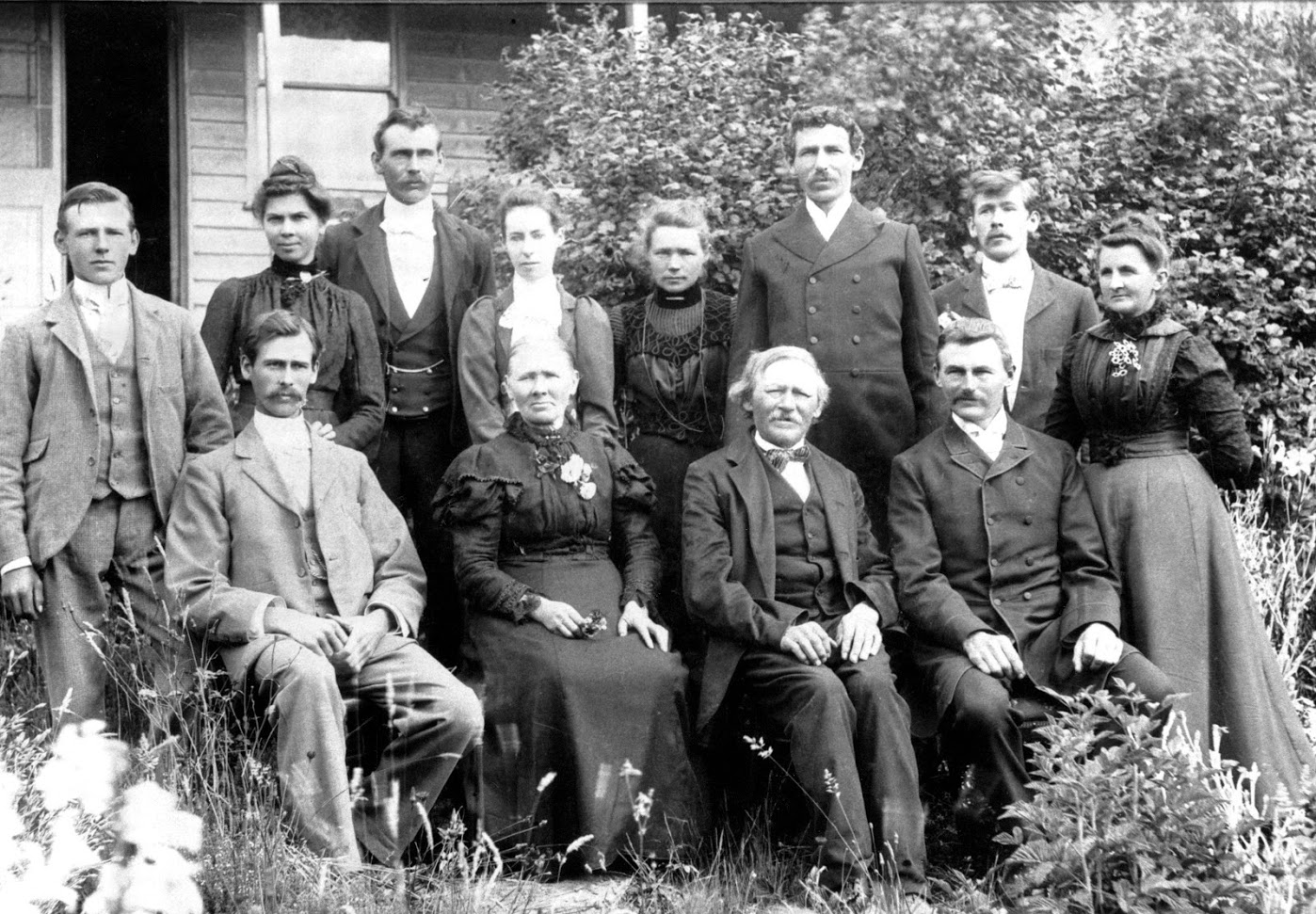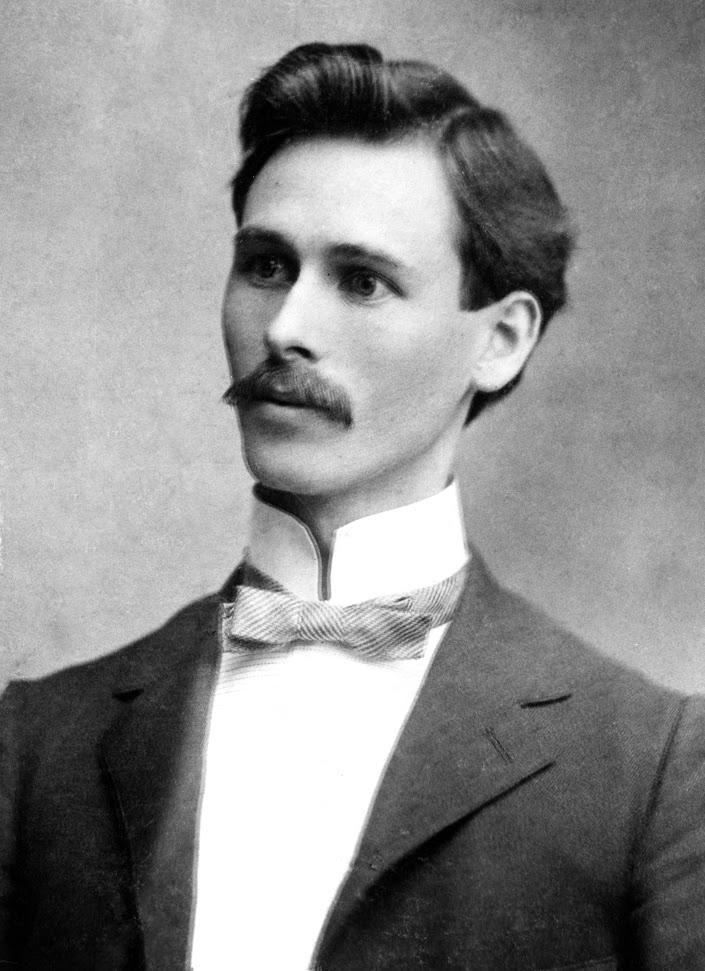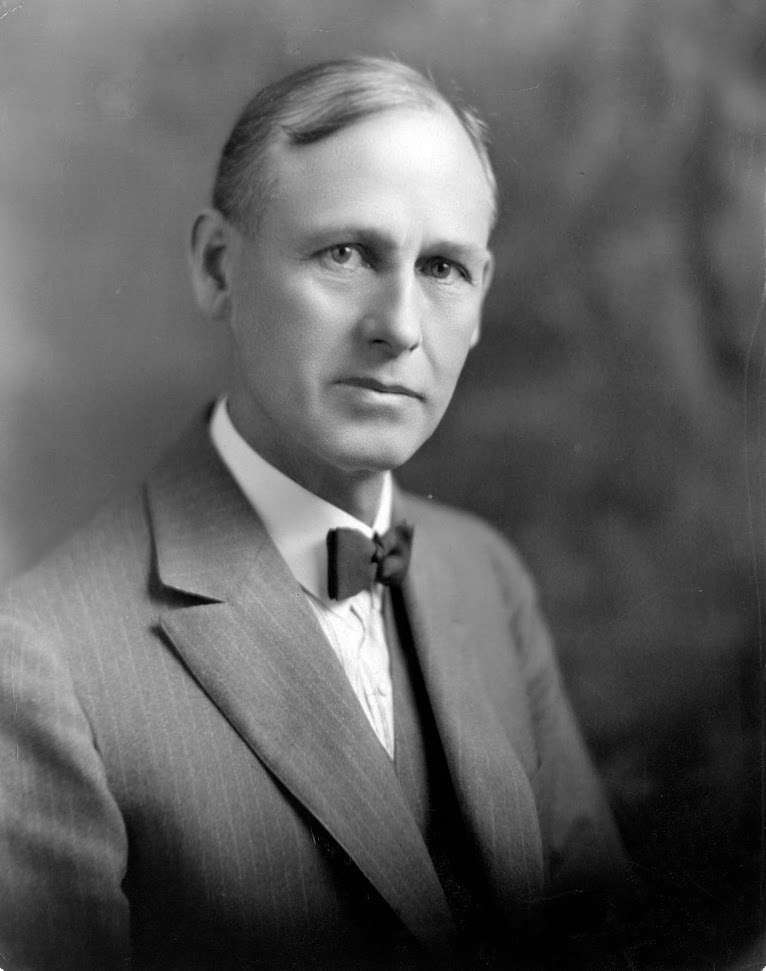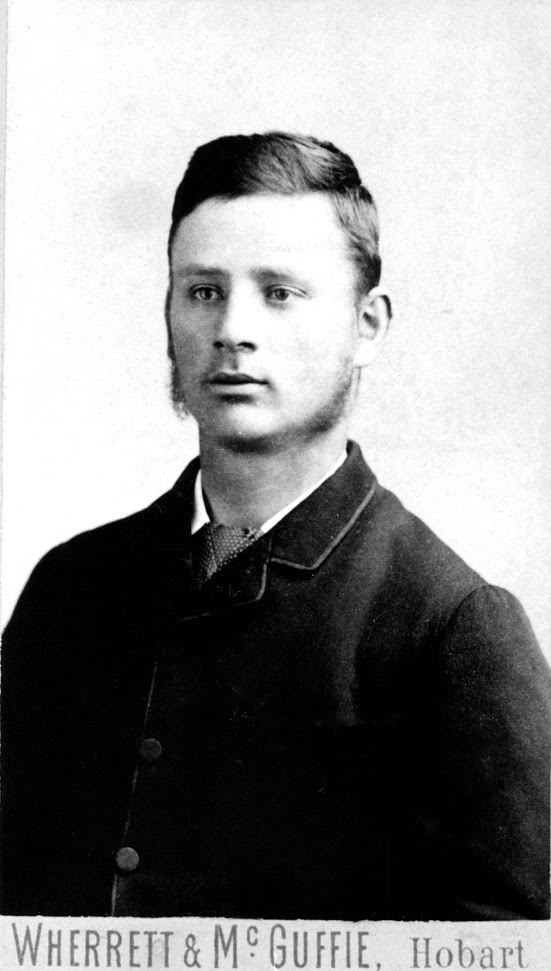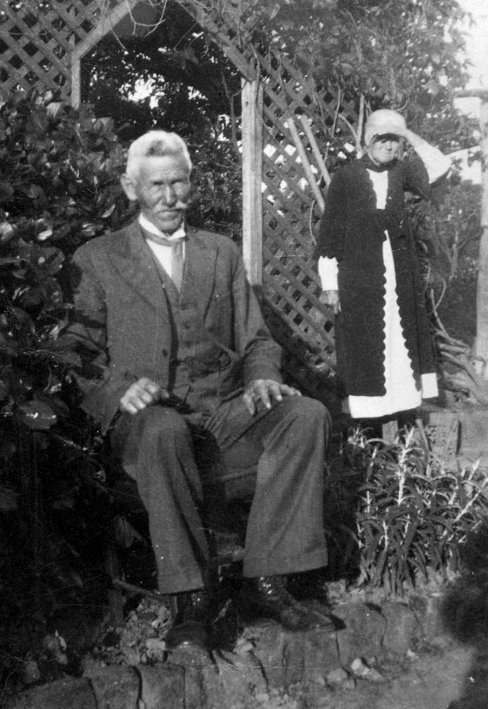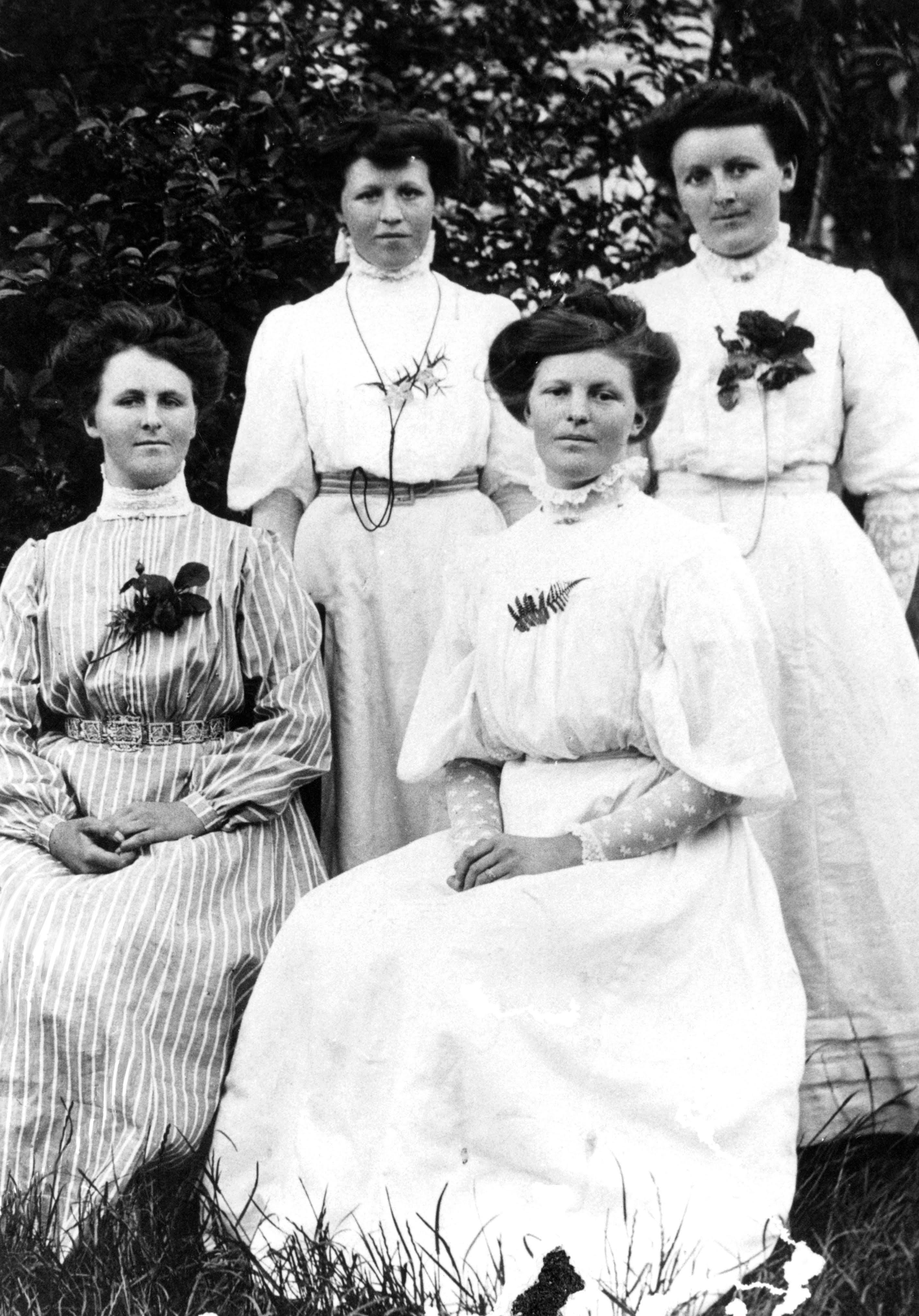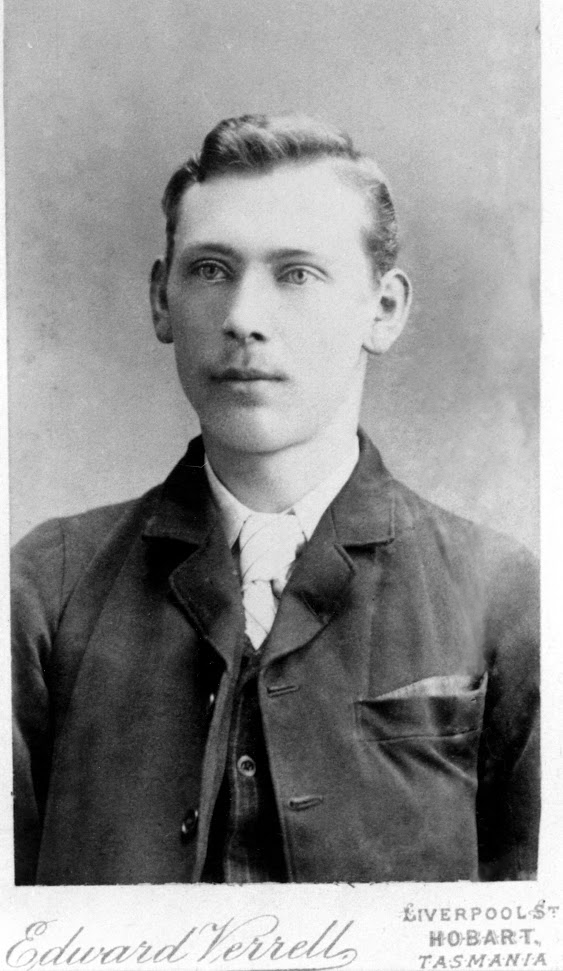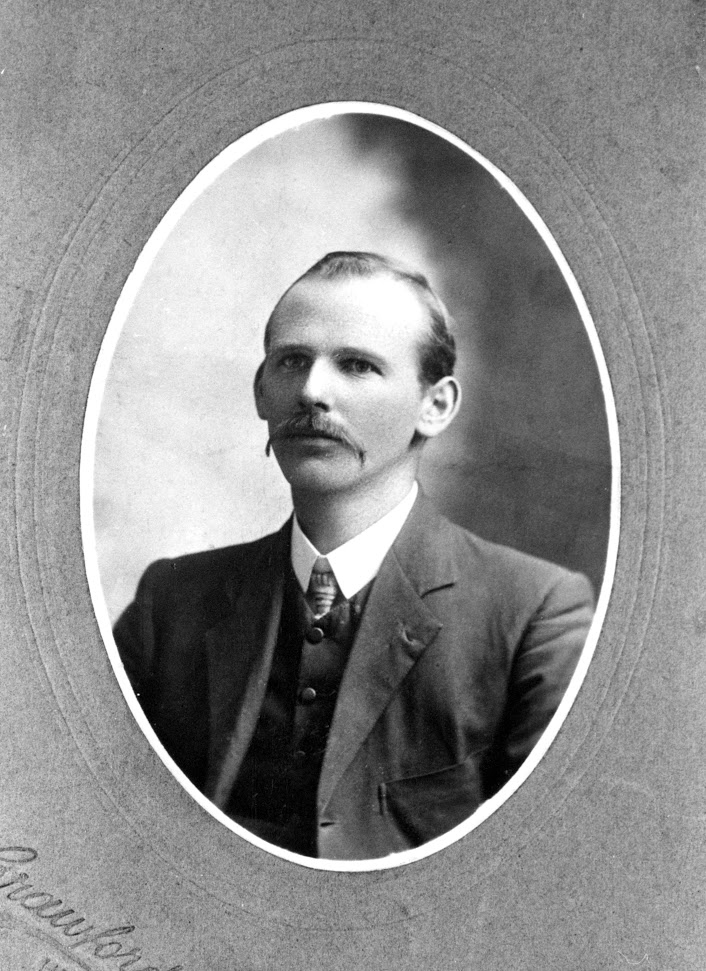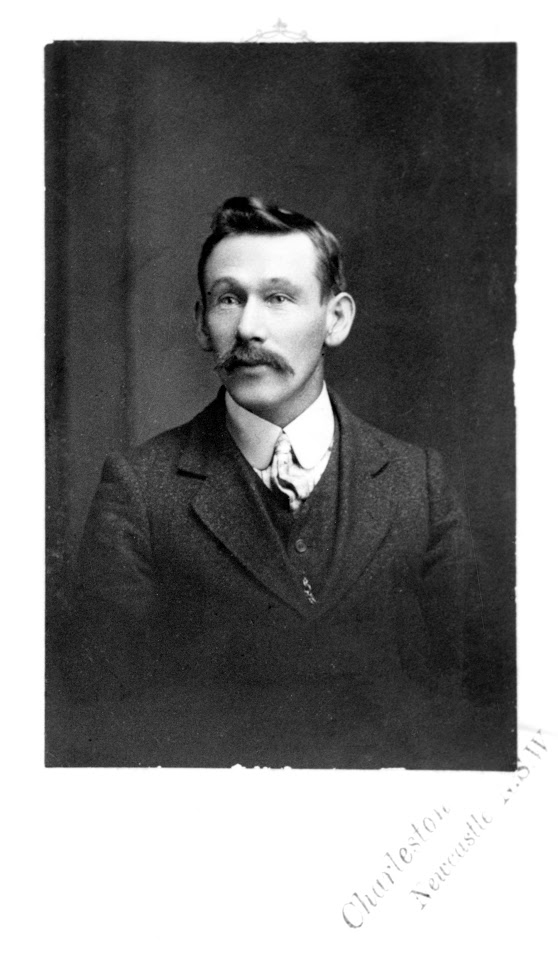The earliest references to the Brandstater name are found in records of families living in the Salzburg area in the early 18th century. There are up to 30 variations of the spelling of the name, including Brandstäter, Brandstaedter, Brandstatter and Brandstadter. These families were members of a large population of Protestants living outside the city of Salzburg, working as laborers in the Hallein salt mines near Salzburg that were an important part of the local economy, or on farms in the Alpine valleys around Salzburg.
In the early 18th century Salzburg was not part of Austria but was an important sovereign ecclesiastical state within the Holy Roman Empire and was governed by an archbishop. The population of the city was entirely Roman Catholic, in contrast to the predominantly Protestant inhabitants in the surrounding area. Initially both Catholic and Protestant workers had been brought to Salzburg to work in the salt mines, and over time these were joined by Protestant refugees from northern Italy and France, the Waldenses and Hugenots. But over the 200 years since Martin Luther had initiated the protestant reformation, the families living in the surrounding area had increasingly become Lutheran Protestants through the influence of the refugees, contacts with preachers in Germany and by reading pamphlets and books.
There was constant tension between the Catholic authorities in Salzburg and the rural Protestants who were labeled as heretics and were severely restricted and persecuted. The aggressive intimidation of Protestants included banning of public meetings, house searches, burning of books and arrests. Many families during the late 17th century had been forced to leave their homes and emigrate to other countries. These conflicts were set against a background of recent European history that included major religious wars, the Wars of Religion in France (1562-1598) in which 3 million lives were lost, the Thirty Years War (1618-1648) when an estimated 6 to 8 million perished and the persecution and expulsion of the Waldenses in 1655.
In 1685 Louis IV in France revoked the edict of Nantes, ending a 90-year period of relative religious tolerance in France, during which Huguenots had been free to worship without intimidation. After the edit of Nantes was revoked there was a revival of suppression of Protestants by Catholic authorities in France and elsewhere in Europe. The Archbishop in Salzburg was impressed with the successes of Protestant suppression and decided to remove all the Protestants from his state.
The Edict of Expulsion
On October 31, 1731 the Archbishop of Salzburg, Leopold von Fermian issued an edict, the Edict of Expulsion that required all Protestants to recant their non-catholic beliefs or be banished from the state. The Archbishop set a date whereby all Protestants had to leave the archbishopric, and emigrate to another country, leaving their farms, houses and all their possessions that they could not carry with them. Those without farms or property were given 8 days to leave; tradesmen and those with property or farms had up to 3 months to leave, allowing time to try to sell all their goods. However with so many houses, farms, cattle and sheep suddenly dumped onto the market, most Salzburgers were unable to sell or if they did sell received very little money for their possessions. Many farms and possessions were eventually confiscated by the Archbishop. One heart-wrenching rule in the Edict of Expulsion stated that children under 12 could not leave with their parents but had to remain in Salzburg where they were to be given to families in the city to be raised as Catholics. Despite that rule, many families did manage to take their children with them.
Beginning in November 1731 there was an immediate and abrupt onset of mass emigration of all Protestants from the Salzburg area. Almost all simply abandoned everything they possessed, houses, furniture, farms, livestock, everything and just packed up and left. However the Edict of Expulsion triggered protests from the Protestant states within the Holy Roman Empire and criticism across the rest of the Protestant world. Diplomatic pressure was also exerted on the Habsburg emperor by the Netherlands and Great Britain. In response to considerable political pressure directed at Salzburg, the Archbishop modified the Edict of Expulsion to allow some families to stay until April 1732. Others were given the option to remain in their homes in the Salzburg area for up to three years if they wished. This delayed the complete expulsion of all Protestants from Salzburg until 1734. It is recorded that between 1731 and 1734 over 30,000 Salzburgers emigrated as a result of the Edict of Expulsion.
Further relief for the Protestants came from King Frederick William I in Prussia, a protestant who was trying to rebuild East Prussia after a devastating Black Plague (1709-1711) had killed one-third of the local population. The king saw an opportunity to resettle the Salzburg Protestants within depopulated areas within his East Prussian territories, and decided to attract them to East Prussia. On February 2, 1732, the King issued a Patent of Invitation to the Protestants in the Salzburg area that declared them Prussian subjects and that they could travel to Prussia under his protection. Prussian commissioners were sent to Salzburg to arrange for transportation. The Invitation included the provision that they would be guided and protected on their journey and upon arrival in Prussia, the Salzburgers would be given free land, supplies, and a period of tax exemption. This invitation allowed the Protestants to leave under more reasonable terms.
The invitation by King Frederich William 1 attracted many of the Protestants and over 20,000 left Salzburg between April and August 1732 because the king wanted them to resettle his countryside quickly. The emigrants left Salzburg for Prussia, traveling in twenty-six columns of about 800 emigrants each. Detailed records were kept by the authorities of the names of all the departing emigrants, and those records are still available in a document called the Stammbuch that lists the names of 21,475 protestant emigrants on their way to East Prussia.

We have a copy of pages from that official record that contains some families named Brandstater, and in the complete list of names in the Stammbuch there are about 70 families called Brandstaters, some having variants in spelling of the name. The remaining 10,000 Salburger emigrants found their way to other parts of Germany, the Netherlands, and the United Kingdom from where around 800 sailed to America and joined English immigrants in the new colony of Georgia.

The first Salzburger emigrants were forced to flee Salzburg in winter and they encountered harsh weather with frigid ice and snow storms. These adult refugees had to carry all their belongings through this ordeal, or transport them in a wagon, but despite this hardship it is recorded that they collectively sang inspirational hymns as they trudged through the snow until they reached friendly towns and villages in Bavaria and Saxony where they could regroup and wait for better weather.

The news of the Salzburger emigration was widely publicized throughout the Protestant countries of Europe, and as refugees headed north into tolerant German cities they found a warm welcome almost everywhere. Whole villages along the path of their trek stood in amazement at the passing spectacle, some ringing their church bells and feeding or housing the procession, while there were a few other hamlets where people hissed and jeered, depending upon the religion of the local townspeople. The distances that they covered were long, 360 miles from Salzburg to Leipzig where many stopped for a time to regroup, while others went on to Berlin, 455 miles from Salzburg. Insert photo #31 here Then it was another 630 miles to Konigsberg (now Kalinograd), the capital of East Prussia. The first Salzburg Protestants reached Königsberg on May 28, 1732 and the rest followed later that year.

The majority of these 20,000 immigrants to East Prussia were settled on farms and in villages in the countryside around Gumbinnen, east of the capital.
The story of the Salzburger emigration gained much contemporary political attention and attracted widespread public recognition that prompted individuals to record the drama in numerous books and other publications. Artists recorded images of the refugees and interesting events as they were welcomed during their journey.

In East Prussia a silver coin was minted in their honor, with an image of King Freideich on the front and on the reverse side a group of Salzburgers being welcomed into East Prussia.


